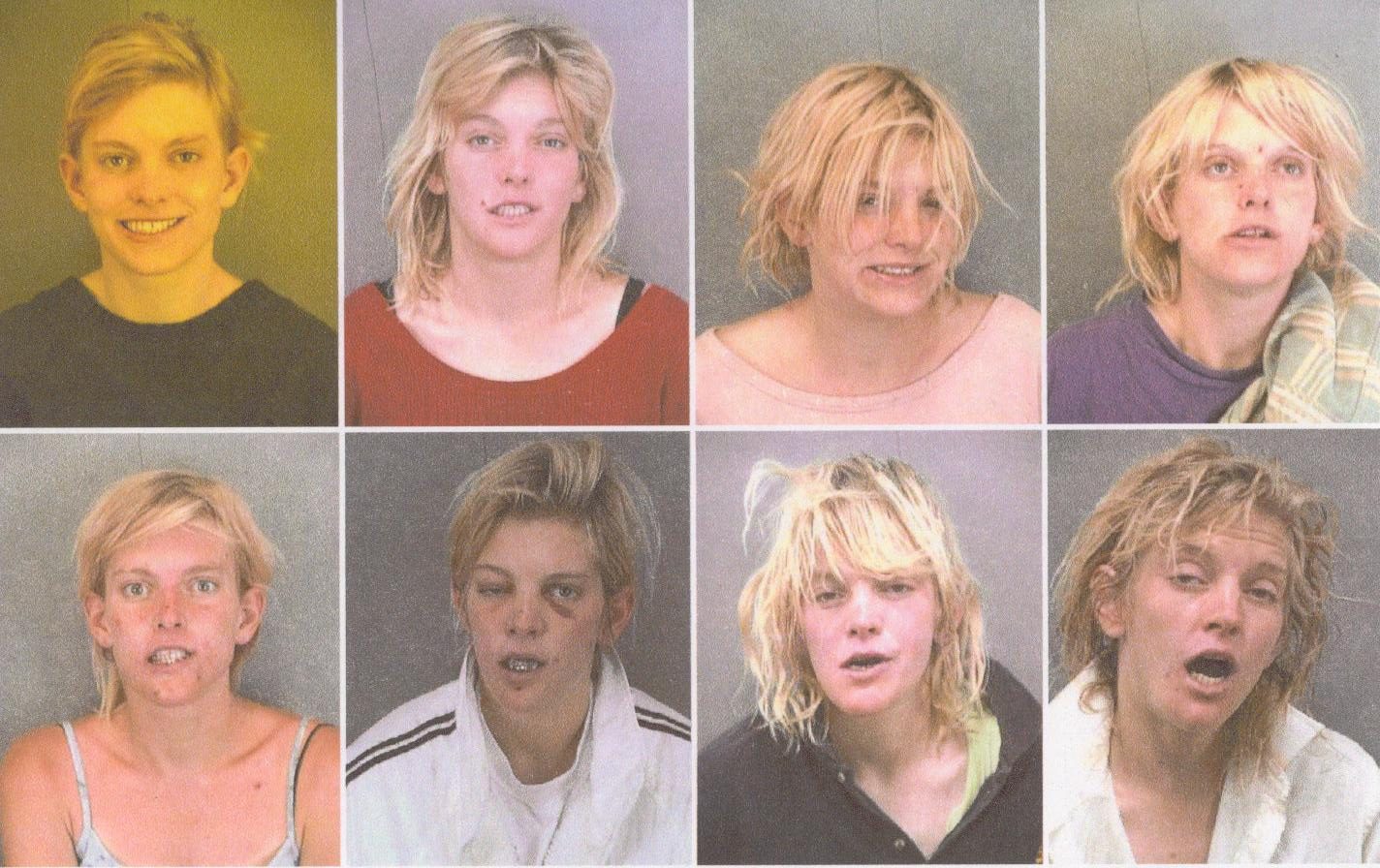What Is Human Trafficking?
Human Trafficking is a modern term for slavery. Adults and children, male and female, are controlled by others and are used against their wills for forced labor or they are sold for sex. We often picture this happening in other countries or to people who are brought to the U.S. from other countries. Human Trafficking does take place elsewhere, but it is the fastest growing crime here in America and can be found across our nation, involving both U.S. citizens and foreign-born persons. It is now the second most profitable criminal activity in the world after drug trafficking. Human traffickers earn a total of about $10 billion in the U.S. every year.
Who Are the Victims?
Many victims are born and raised right here in America. Victims are manipulated or forced into situations from which they cannot escape. Often, young runaways are picked up by traffickers, many within only 48 hours of leaving home, and then are imprisoned and controlled by threats, pain, fear and drugs. Many are trafficked by people whom they know and trust, including friends of the family, neighbors, or older men or women pretending to be boyfriends or girlfriends. Some are trafficked by people who seemed legitimate, such as modeling or acting agents, or by job recruiters.
Information
Victims of labor trafficking can be adults, teens, and children. Victims are often all around us, unseen, working as domestic servants, working in hotels and restaurants, at construction sites, on farms and nurseries, or in nail and hair salons, etc. According to estimates, approximately 80 % of trafficking involves sexual exploitation, and 19 % involves labor exploitation.
Victims of sexual trafficking may be sold for sex on the street, on the internet, in brothels, in hotels, in “gentlemen’s clubs,” and at truck stops. The average age of most victims of sexual trafficking is between 12 and 14 years old, and half of all victims are younger than 16 years old. Some very young children are sold into slavery by their families. There are five year olds being sold and raped daily. Some children and women are kept local, and others are moved from state to state or even out of the country. Tragically, only 1 – 2% of victims are ever found and brought home. Average life expectancy for adults sold into sexual slavery is only 5 years, and for young children, 2 years, due to the forced drug use, mistreatment, rapes, and sexually transmitted diseases.
People often assume that most women in the sex trades choose that life for financial reasons. However, I have been told by people who have worked with many women in the sex trades, and also by a victim, that 80% of these adults, teens and children are trapped victims and want to leave that life, if they only had a safe place to which they could escape. The Department of Justice and FBI indicate that there are 500,000 women and 300,000 children at risk for being trapped in the sex trades in the United States.
Faces of Abuse
Women and even children who are picked up by the police for sexual crimes are often jailed, while those who have been controlling them are not, or can make bail and leave jail. Some states are now changing their laws so that children who have been trafficked are no longer sent to juvenile detention.
The following photos are mug shots of young women arrested for prostitution. Each of the girls is photographed at different arrests. The photos are shown in chronological order, from the first arrest to the most recent.
Danielle was photographed at the times of each of her six arrests:
Grace was photographed at eight different arrests:
What Are the Signs of Human Trafficking?
- Victims usually do not identify themselves as being trafficked, and out of fear or shame, they rarely ask for help.
- Victims may not want to discuss a tattoo because it shows branding and ownership by the trafficker.
- Victims may appear to be afraid or nervous, or submissive.
- When they tell their story, it may be inconsistent or seem overly rehearsed. You may catch them in lies, or feel confused by what they tell you.
- Victims often show signs of mental, emotional, or physical abuse.
- They cannot come and go as they wish.
- Victims are not in control of their own identification papers or money.
Are You Being Groomed?
“Grooming” is the process that a trafficker uses to prepare his or her target for trafficking. The trafficker may begin by being friendly or acting as if you and he are dating. Grooming may involve introducing you to drinking or drugs, or sexual activity, or drawing you away from your current friends. The trafficker, who is usually older than you are, may put down your family or your school activities in an effort to isolate you. If your “friend” asks you to do something illegal, such as to deliver or carry drugs, he or she may use this to control you later, threatening to turn you in to the police or tell your parents if you do not cooperate further.
Traffickers can be patient, and this process of grooming may take some time so that you do not suspect what is coming until you are trapped. If your new friend makes you uncomfortable in any way, such as asking you to have sex with a friend of his who will pay him, just leave the relationship. You do not have to explain yourself to him or to her. Immediately inform parents, teachers and friends about your concerns so that they can watch out for your safety.
Be aware if you, or a friend, or a young person you know:
- Has a much older “boyfriend” or “girlfriend,” or an older same-sex or platonic friend.
- Has inconsistent or poor school attendance.
- Possesses several cell phones or hotel cards.
- Has new clothes or jewelry, a new hairdo, or polished nails not purchased by his or her parents or guardians.
- Is wearing clothing that is sexually provocative, or is inappropriate for the weather or for his or her age.
- Becomes evasive regarding where they are spending their time.
- Your “friend” asks you to do something “just this once” that you would not have done on your own, e.g., have sex with his friend.
What Can I Do?
- Educate yourself. Educate others:
- Join a regional Task Force on Human Trafficking.
- Check out humantraffickinghotline.org Extensive educational materials are available.
- Go to dhs.gov/blue-campaign or call 1-866-347-2423 for information on trafficking, including information and training for law enforcement and the public. This site is sponsored by the U.S. Department of Homeland Security.
- https://polarisproject.org/national-human-trafficking-hotline
- https://polarisproject.org
- If you suspect a trafficking situation: Call the National Human Trafficking Hotline at 1-888-373-7888. This organization will collect information about a case and pass it on to law enforcement. If you are a trafficking victim, you can call them for resources in your area for treatment, relocation, etc. THIS IS NOT AN EMERGENCY HOTLINE. I waited for over 15 minutes for someone to come on the line to talk with me, but she was helpful when I was able to speak with her.
- Text HELP to 233733 (BeFree).
- Traffickers, male or female, are dangerous. If you suspect trafficking, do not approach or question the trafficker. Do not attempt to personally intervene in any way.
- Do not alert the victim that you even suspect a problem. Any change in his or her expression or behavior can alert the trafficker that he or she should remove the victim from the area.
- In an emergency, call 911 or your local police or sheriff, State Police, or local FBI office.
- Be an abolitionist: Donate to this website or to other organizations that are fighting this slavery.
Special Thanks to Al at TigerManMedia for graphics design: tigermanmedia@gmail.com


